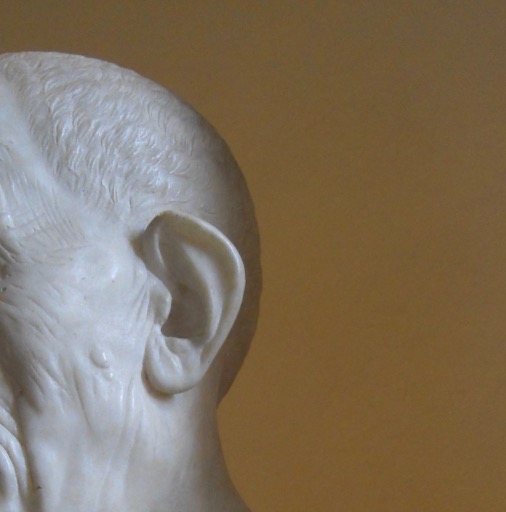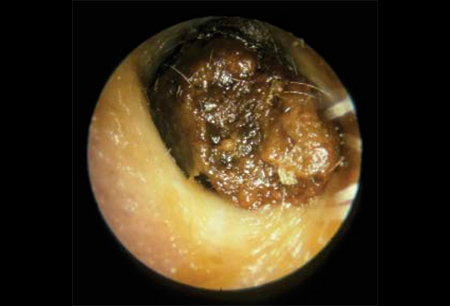
~William Shakespeare, Hamlet
Earwax, (medically known as cerumen auris) is a protective normal secretion from a skin gland in the external ear canal. Some people make more earwax than others. Certain habits or careers may put an individual more at risk for earwax impaction.
Do you wear earphones, earplugs hearing aids or use Q-tips?
Do you have dizziness, ear pain, itchy ears, or hearing loss?
If so, you may have earwax impaction.
Naturopathic Medicine exists to strengthen and encourage optimal health. It is a practice that addresses the fundamentals of disease. It honours and cooperates with the healing power of nature.
If you seek a caring professional who is a registered naturopathic doctor in Guelph with a functional medicine approach, you’ve come to the right place.
Dr. Laura M. Brown, is a registered naturopathic doctor with a functional medicine approach. She focusses on stimulating the body’s natural mechanisms to repair damage and rebuild health. A HeartMath® Certified Practitioner and a level 2 Certified Gluten Free Practitioner, she holds the designation of ADAPT Trained Practitioner from Kresser Institute, the only functional medicine and ancestral health training company.
What is earwax?
- 60% skin cells that have shed from the area
- 12–20% saturated and unsaturated long-chain fatty acids
- 6–9% cholesterol
What is the purpose of earwax?
- Lubricates the external auditory canal
- Protects particles from reaching and damaging the eardrum
- Traps dust, small particles and insects
- Provides antimicrobial protection (acidity, fatty acid and lysosome)
- Protection from bacterial and fungal infections
What is earwax impaction?
- Earwax impaction is one of the most common ear problems
- When earwax accumulates in the canal and, on otoscopic inspection, blocks the view of the external canal or tympanic membrane
- When the use of ears swabs or other devices in effort to clear the ear push the earwax deeper into the ear
- Chronic use of hearing aids, earplugs, headphones, can also push the earwax further into the ear and prevent the natural migration outward
- Excessive earwax production can also worsen with anxiety, fear and stress, and aging
What are the symptoms of earwax impaction?

- Irritation of the ear
- Sensation of an ear blockage
- Reduce sense of hearing
- Earache
- Noise in the ear or head
- Dizziness
How to clear out earwax?
- DO NOT use Q-tips! They tend to push the ear wax deeper into the canal.
- Naturally, the earwax dries up and there is a migration of skin cells that helps port the dried up was out of the external canal, much like a conveyor belt
- Assisted action of clearing out by the action of chewing and talking
- There are products that may soften the wax however this should only be done under medical supervision.
- It is best to have the ears looked at with an otoscope to see if there is indeed a build up and if the tympanic membrane is intact
- Candling is not recommended as it can often lead to burns, wax left behind in the ear, irritation of the external ear canal and occasional temporary hearing loss.
- Ear irrigation is a safe way to clear out earwax, so long as the tympanic membrane is intact.
- Professional irrigation can be more thorough than self-irrigation as it include the visualization of the health of the external canal and tympanic membrane before and after treatment.
Dr. Laura M. Brown, ND provides a basic ear inspection and ear irrigation service
References
Adegbiji WA, Alabi BS, Olajuyin OA, Nwawolo CC. Earwax Impaction: Symptoms, Predisposing Factors and Perception among Nigerians. Journal of Family Medicine and Primary Care. 2014;3(4):379-382. doi:10.4103/2249-4863.148116.
Daniel F. McCarter MD, A. Ursulla Courtney, MD, and Susan M. Pollart, MD, University of Virginia Health System, Charlottesville, Virginia. Am Fam Physician. 2007 May 15;75(10):1523-1528.
Rafferty J, Tsikoudas A, Davis BC. Ear candling: Should general practitioners recommend it? Canadian Family Physician. 2007;53(12):2121-2122.



